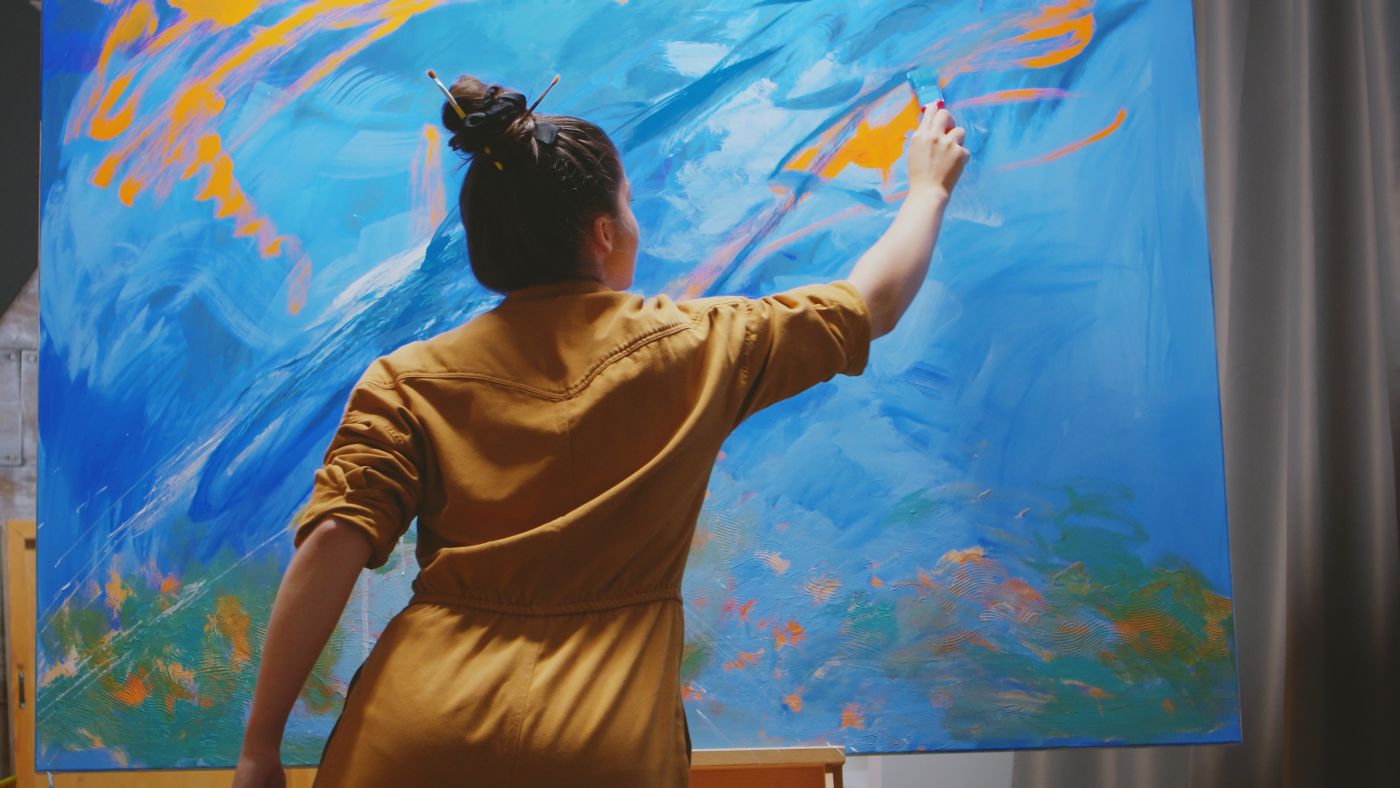
THREE STEPS YOU CAN TAKE NOW TO PROTECT YOUR ARTISTIC LEGACY
Although your death may be a long way off, it is important that you have a plan in place in case something happens to you. If you're reading this, we can safely assume that you're an art collector, or art maker, looking to protect their collection. A sound estate plan, crafted by an experienced estate planning attorney, can help you do just that. A sound estate plan typically consists of several documents.
Healthcare Power of Attorney: Names who will have the authority to make medical decisions for you in the event you cannot
Financial Power of Attorney: Names who will have the authority to make financial decisions for you in the event you cannot
Will: Provides instructions on how to distribute your probate assets when you die
Trust: A tool you can put your assets in to protect them and avoid probate
Advance Directives and Living Will: Lists what measures (if any) you would like taken to save your life should you be unable to communicate
There are several important people listed in these documents that have specific roles when you pass away.
Guardian: Takes care of your minor children
Executor: Makes sure the wishes in your will are carried out
Trustee: Distributes the asset(s) in your trust to your beneficiaries
Beneficiaries: Receive your accounts and property at your death
You have various options regarding who will receive your artwork at your death. You could...
instruct your executor or trustee to sell all your artwork;
name specific individuals to receive it;
have it held by a trust or foundation to be lent or licensed; or
provide instructions to donate your work outright to a museum, university, or other organization that might enjoy it.
STEPS YOU CAN TAKE TO BEGIN THE PROCESS
The first step is to catalog your artwork, including pieces that you have sold. Make sure to specify to whom they were sold to and for how much. This information can be helpful in valuing artwork that has not sold. This also provides a list of potential buyers for when you pass away. In your catalog, you should also include any pieces of artwork that you've lent. This knowledge will be helpful for your loved ones to determine who has the artwork and under what circumstances it will need returned. Your list should also include any pieces that have been licensed to someone else. It will be important for your loved ones to know about this stream of income, which could continue after your death. Also consider including a list of pieces that you have gifted to individuals or donated to charities. Of course, be sure to include any pieces that you have kept for yourself as well.
After you have compiled a list of your artwork, it will be important to determine the value of any piece of yours that has not already been appraised. This process can help you understand the value of everything you own (an important step in the estate planning process). This will also be helping in determining if you have adequate insurance to cover your artwork’s value. Like other pieces of personal property, your artwork is susceptible to theft and destruction and needs to be protected.
The last step is for you to meet with an experienced estate planning attorney to review your documents. During this meeting, we can discuss whom to put in charge of your affairs at your death as well as during any period in which you cannot make or communicate your own decisions. We will also discuss your wishes regarding your artistic legacy. We can discuss your fears, concerns, and goals to craft a unique plan.
REMEMBER YOUR COPYRIGHT
A copyright protects “original works of authorship" such as books, movies, songs, computer software, photographs, and architectural works. These works do not have to be published to be protected, but they generally have more commercial value after publication. If you own the copyright to your artwork, both the work and its copyright should be included in your estate plan. If the copyright is not specifically mentioned in your will or trust, it will transfer to your heirs by a residuary clause, which distributes all property not already addressed. As a result, one person could end up with the work and another with the copyright.
However, it is important to note that a copyright includes your right to end most transfers or licenses of the copyright at a future date. You cannot waive or transfer this right to someone else during your lifetime, and it passes to your surviving spouse and children when you die. It includes the ability to stop a transfer of a copyright to a trust. An exception to this rule is transfer of the copyright by a will, which cannot be terminated by your spouse and children.
WE ARE HERE TO HELP YOU AND YOUR LEGACY
We understand how overwhelming it can be to think about what to do with your prized artwork at your death. There are also big decisions to be made about your care and the care of your loved ones. We are passionate about working with you to create your next masterpiece: a comprehensive estate plan. Call us at 614-389-9711 to schedule an appointment.
Want to learn more about how to protect your posessions? Read our Consumer's Guide to Estate Planning in Ohio.
